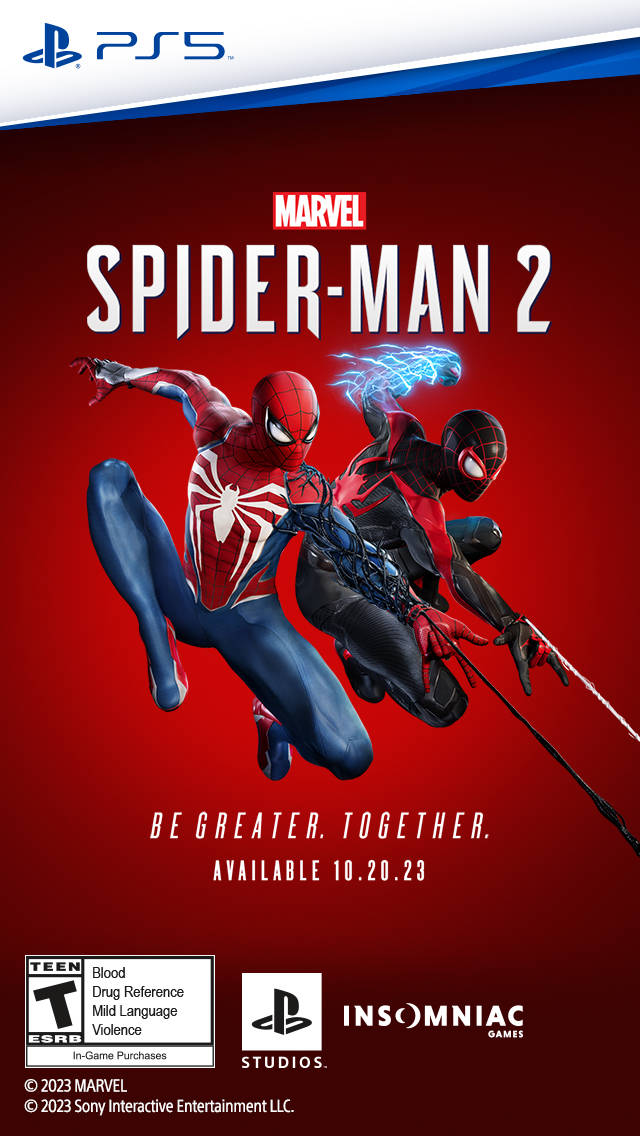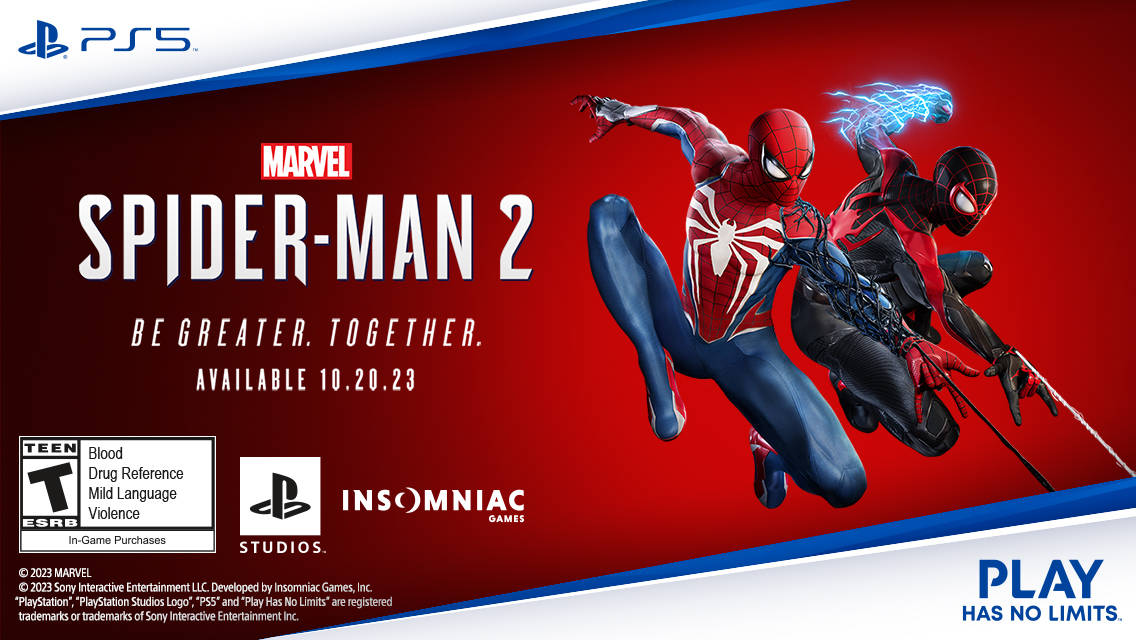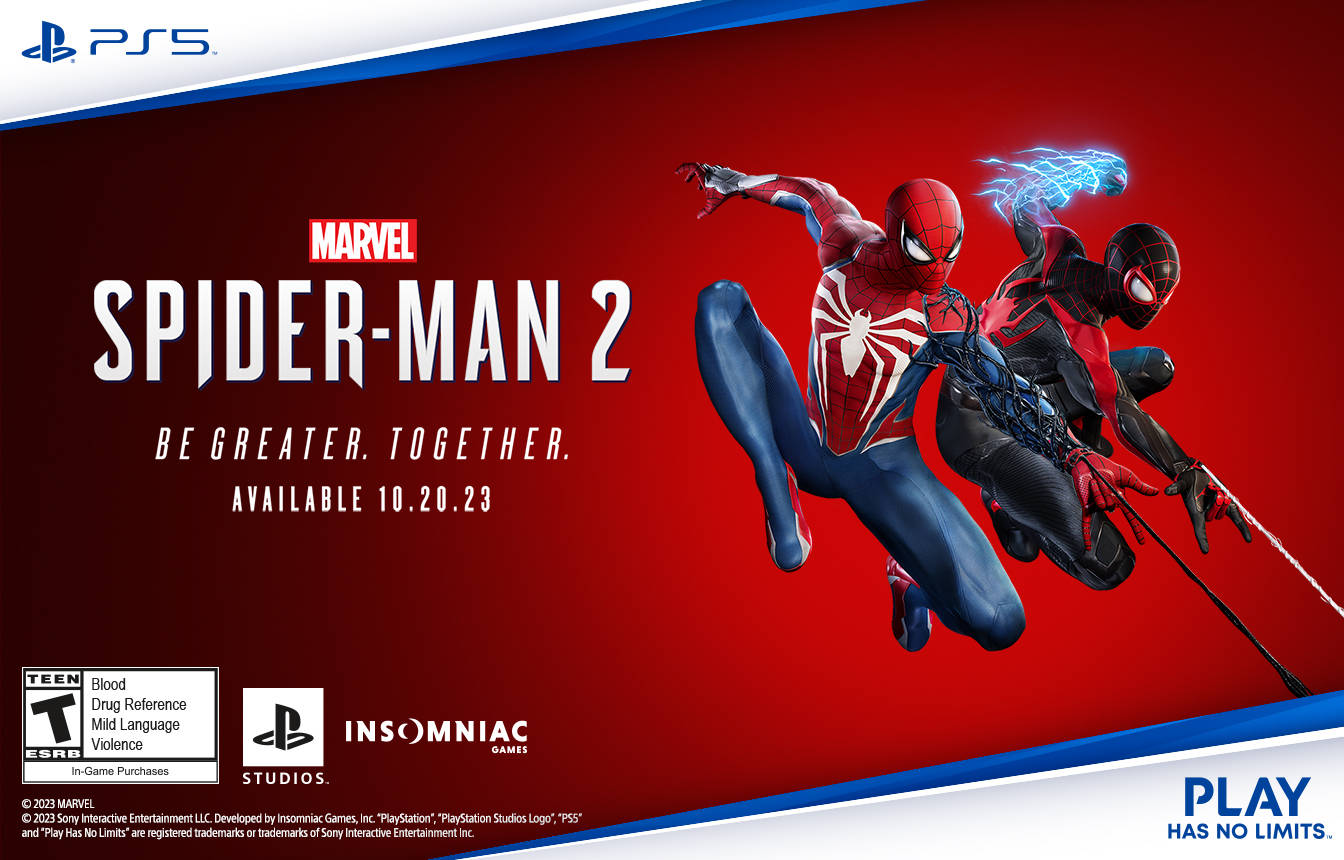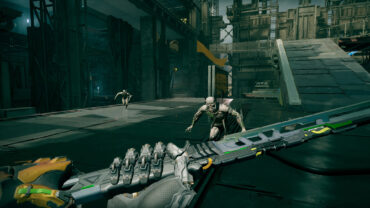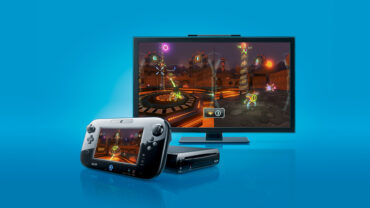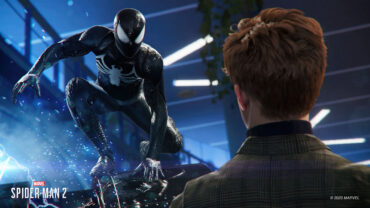I’m going to make this very simple: The Last of Us Part I presents the best version of Joel and Ellie’s story that you can play. If you’ve never experienced it before and you want to see what all the fuss is about, this is the version you should get.
It should be pretty obvious as to why this is the case. The game looks better. It sounds better. The animation is better. The gameplay is better (though not as improved as those first three areas). You can just look at the side-by-side comparisons that PlayStation has published and tell that this is the case. I almost feel like I didn’t need to play the game to come to that conclusion.
But after playing through the entirety of Joel and Ellie’s story once again, and after playing some of Left Behind for the first time, I feel like the marketing materials and trailers don’t do it justice. Visually, The Last of Us Part I looks absolutely stunning, especially in the game’s Fidelity mode, which presents it in true 4K with raytracing at the cost of only running at 30 frames per second. If given the choice, I generally prefer to play games in their respective Performance modes, but the slower frame rate didn’t bother me as much as I expected here. (The game also offers the ability to unlock the framerate on Performance mode, but because I was playing on a 60Hz display, I wasn’t able to take advantage of that option.)
The textures in Fidelity mode didn’t look that much better than they did in Performance mode, but the higher resolution and the lighting made a huge difference. Naughty Dog has traded a more dramatic, high-contrast lighting model for something more realistic, yet I never felt like they were sacrificing anything in terms of narrative or tone. The Last of Us’ story is as dire as it ever was, but the more believable lighting and more detailed models presented a clearer picture of a post-collapse world.
Now, to be clear, I’m not someone who has a nostalgic connection to how The Last of Us used to look, whether in its original or remastered forms. I first played The Last of Us Remastered years after it launched in preparation for Part II; I enjoyed it so much that I played through the campaign twice, but even then, I already felt like the game looked pretty dated. After playing Part II, this was even more obvious.
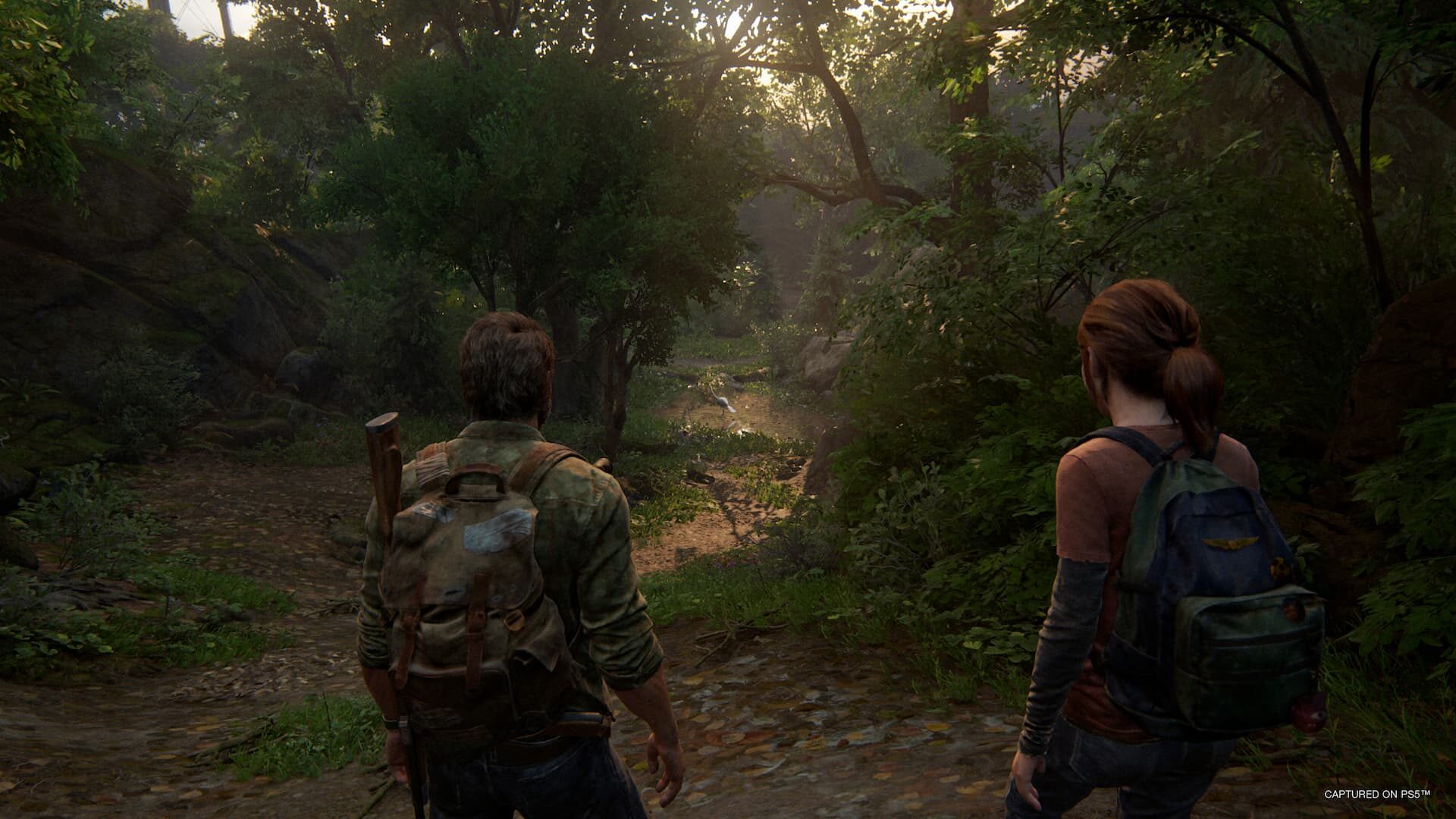
Maybe this is looking too much into it, but it’s almost like the original The Last of Us and The Last of Us Remastered look how players would imagine a scary, post-apocalyptic world to look, whereas Part I looks more like how that world would look to someone like Joel, who spent the last 20 years acclimating to collapse, or to Ellie, who’s never known any other world. Sure, it’s overgrown and dingy, with death creeping around every corner, but it can also be beautiful or even mundane. It just looks more real.
But even more than the lighting, the textures, and the resolution, the aspect of the visuals that makes the biggest difference in Part I is the animation. It’s hard to put into words how much more believable and effective the performances are here, but I’m going to try: It’s as if the actors were previously wearing masks of their own faces in the older games, and now they have removed those masks. All of the subtle facial tics, all of the precise decisions the actors made, every single emotion is now visible on the faces of the characters, and I can’t overstate just how much more effective that makes the performances.
Like I said, I never wore nostalgia goggles when it came to The Last of Us. As much as I enjoyed the story, I don’t think I ever connected to it on a deeper emotional level the way that people who originally fell in love with the game in 2013 did. Things were very different this time around. Despite knowing everything that happened, I still felt that emotional rush, especially during the game’s bombastic, tragic opening. Suddenly, Joel’s journey from selfish survivor to selfish father figure made sense. That later moment in the house, when Ellie is about to leave with Tommy and Joel finally has to make a decision about his own humanity, felt so much deeper and more earned. The Last of Us has always been about the fact that people have a choice, whether they will admit it or not, but that finally clicked with me after playing through Part I.
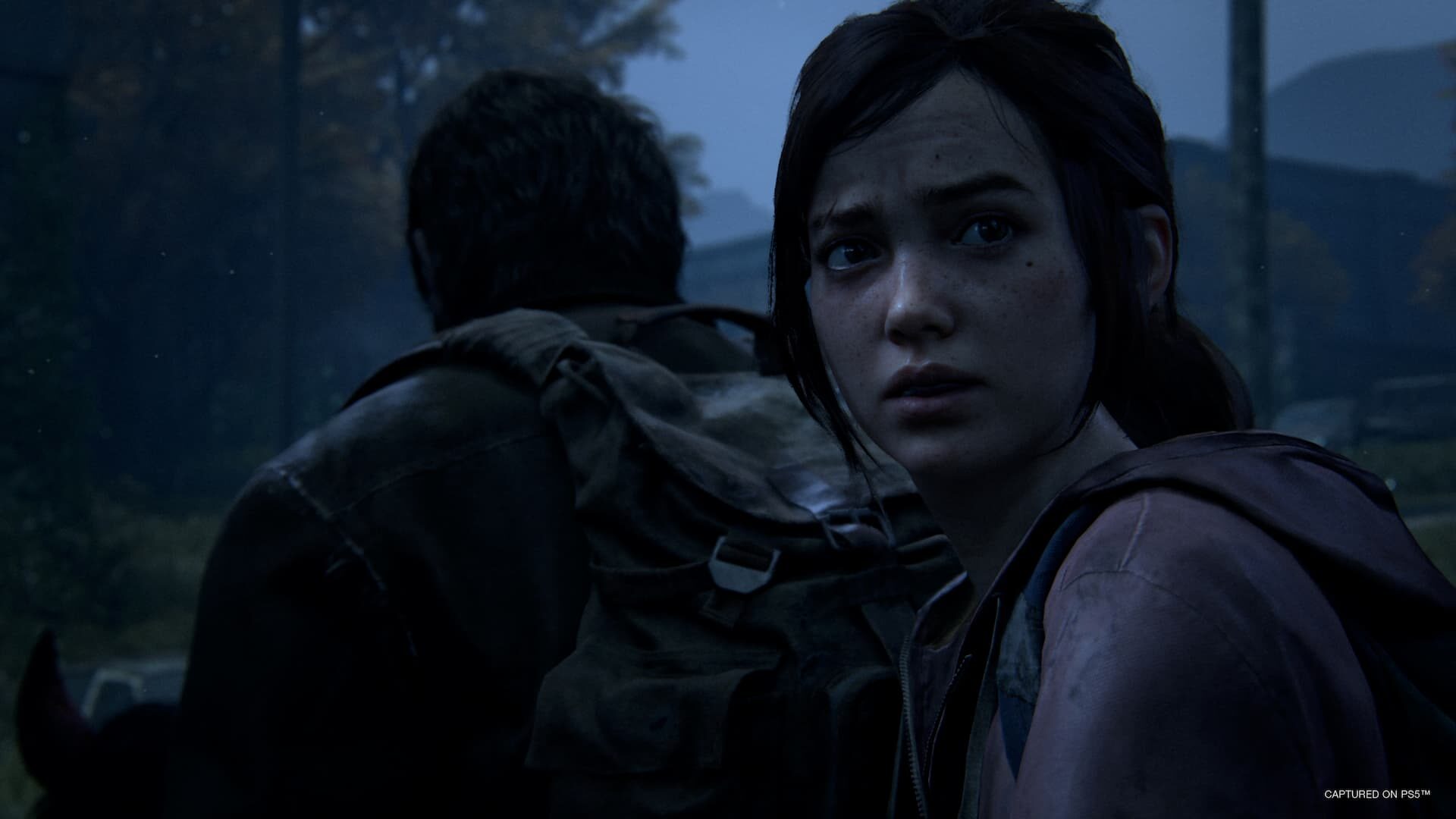
As for gameplay improvements, those were slightly more subtle. Crafting definitely feels more intuitive, as it more closely resembled Part II’s system, and moving around the world is slightly smoother and more natural. Structurally, however, Part I definitely feels like an older game, especially in the shadow of its sequel. The latter’s more intricate level design makes Part I’s come off as a little too straightforward and obvious. Enemy behavior is likewise a little too simplistic; human foes still do the video game thing of seeing a dead body and then slowly walking towards it, without even considering the possibility that the person who murdered their friend is simply waiting behind a waist-high wall for them to walk past. That’s not to say that Part I’s gameplay is bad; just don’t expect Naughty Dog to have copy-and-pasted Part II’s improved combat.
Where The Last of Us Part I doesn’t feel dated is in its various accessibility options and modes. The second game became the standard for making sure that as many people as possible could experience it, and Part I takes that just a little bit further. All of the same options are there, but now you can even fine-tune things like enemy behavior without having to knock down the difficulty level entirely. The different contrast options are there, as are audio descriptions of the cutscenes. I’m by no means qualified to judge how accessible a game is for everyone, but I can say that Naughty Dog has at least exceeded the already robust suite of options that was present in the last game.
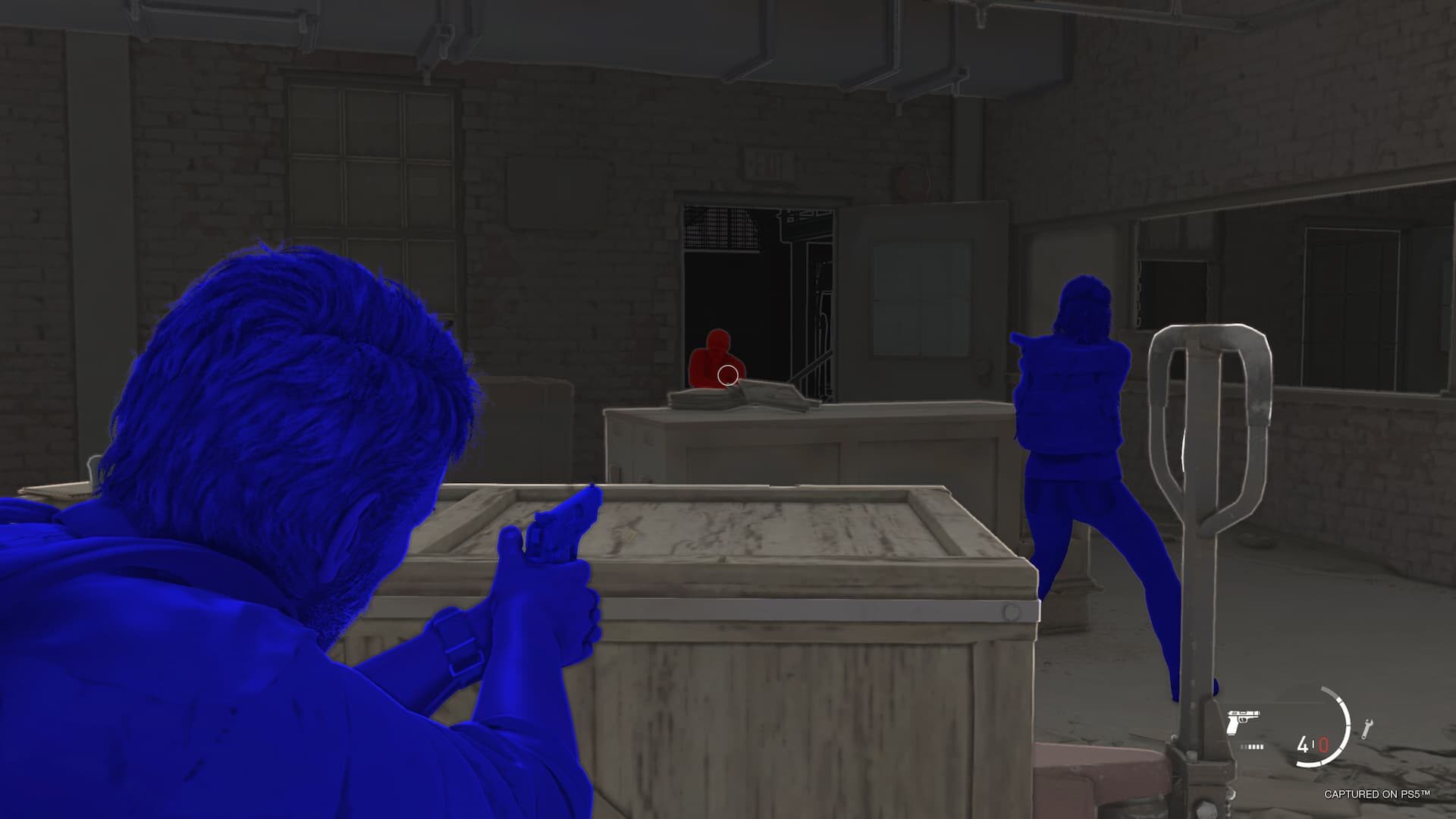
There’s also a surprising amount of replayability. There are several options for Permadeath, as well as a new speedrun mode, for those willing to put their skills to the test. If you want a new experience without making your life more difficult, there are a ton of mods you can unlock that have various effects on the game. There’s a mirror mod which flips the game world on its horizontal axis, mods that turn your melee or projectile attacks (or both) into one-hit kills, a ton of audio options like one that makes it sound as if the characters are constantly inhaling helium, and more. That’s not to mention that Part I includes both the main game as well as the Left Behind DLC, which shows Ellie’s life before she meets the Fireflies and Joel. Sure, it’s unfortunate that we didn’t get an updated version of Factions, but considering Naughty Dog is hard at work on its standalone Last of Us multiplayer game, that’s not too surprising.
If you’ve read this entire review and still think that The Last of Us Part I isn’t worth playing, then there’s probably nothing else I can say to convince you, and hey, fair enough. This is, after all, the third time Naughty Dog has released this story, and for a lot of people it will be the third time (or more) that they will have played it. But, as far as I’m concerned, after playing through Joel and Ellie’s story yet again, this is the definitive version of The Last of Us, and well worth revisiting.
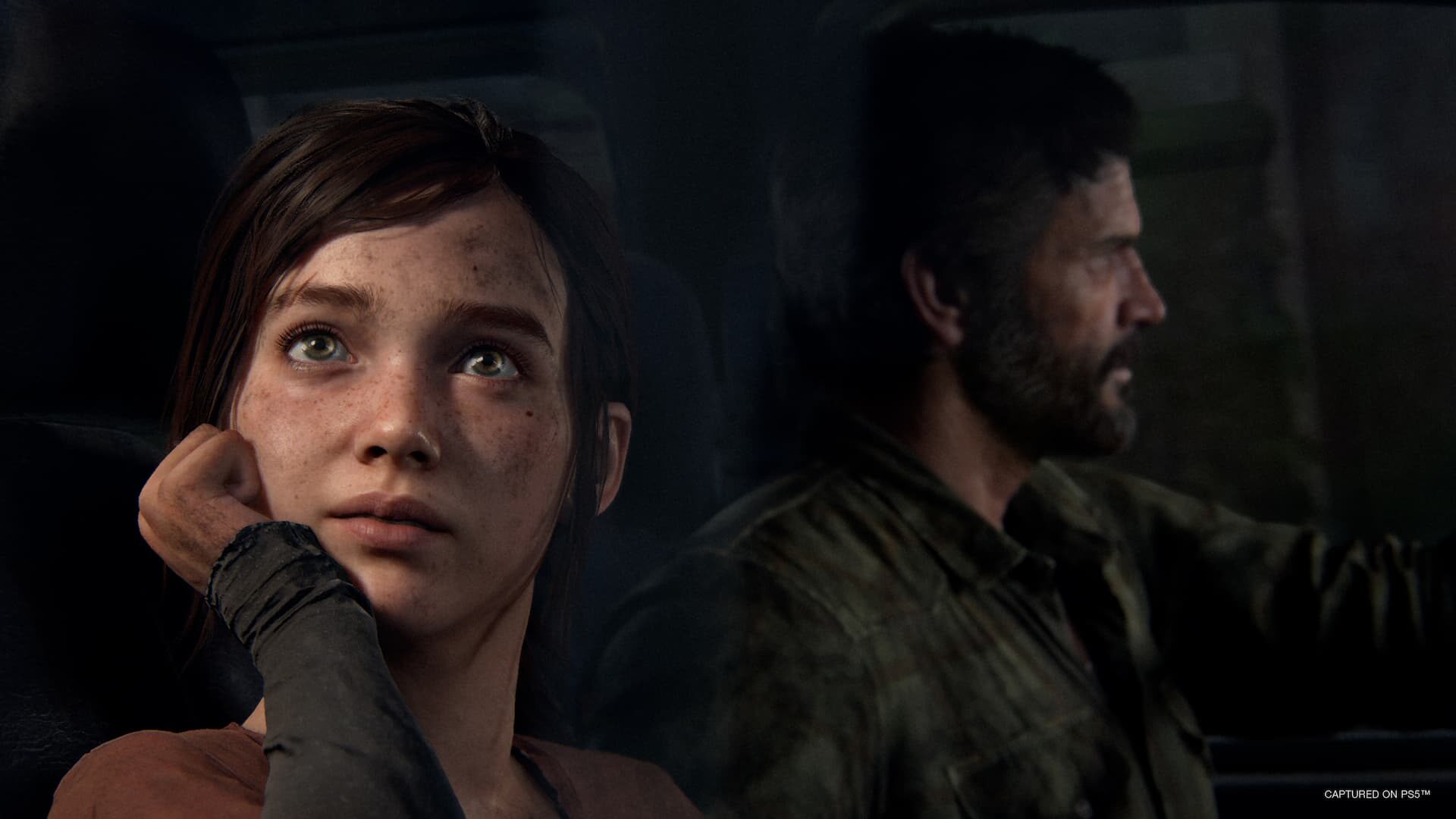
Images: Sony Interactive Entertainment
|
★★★★★
Sure, this might be the third time that Naughty Dog has released The Last of Us, but it’s also the most fully realized version. The enhanced visuals and animation bring Joel and Ellie’s story to life in a way that was previously unimaginable, and the gameplay still holds up, despite not totally catching up to Part II. Whether or not you want to pay to play the same story for a third time is up to you, but that won’t change the fact that it’s better than it’s ever been. |
Developer Naughty Dog Publisher Sony Interactive Entertainment ESRB M - Mature Release Date 09.02.22 |
| The Last of Us Part I is available on PlayStation 5 and (later) PC. Primary version played was for PlayStation 5. Product was provided by Sony Interactive Entertainment for the benefit of this coverage. EGM reviews on a scale of one to five stars. | |

Michael Goroff has written and edited for EGM since 2017. You can follow him on Twitter @gogogoroff.
